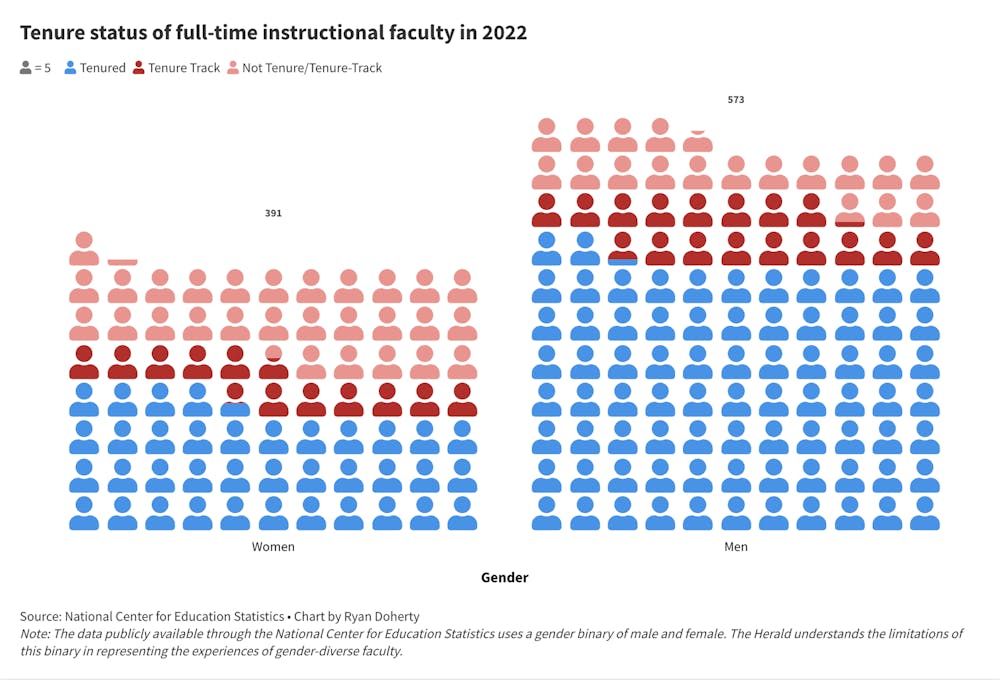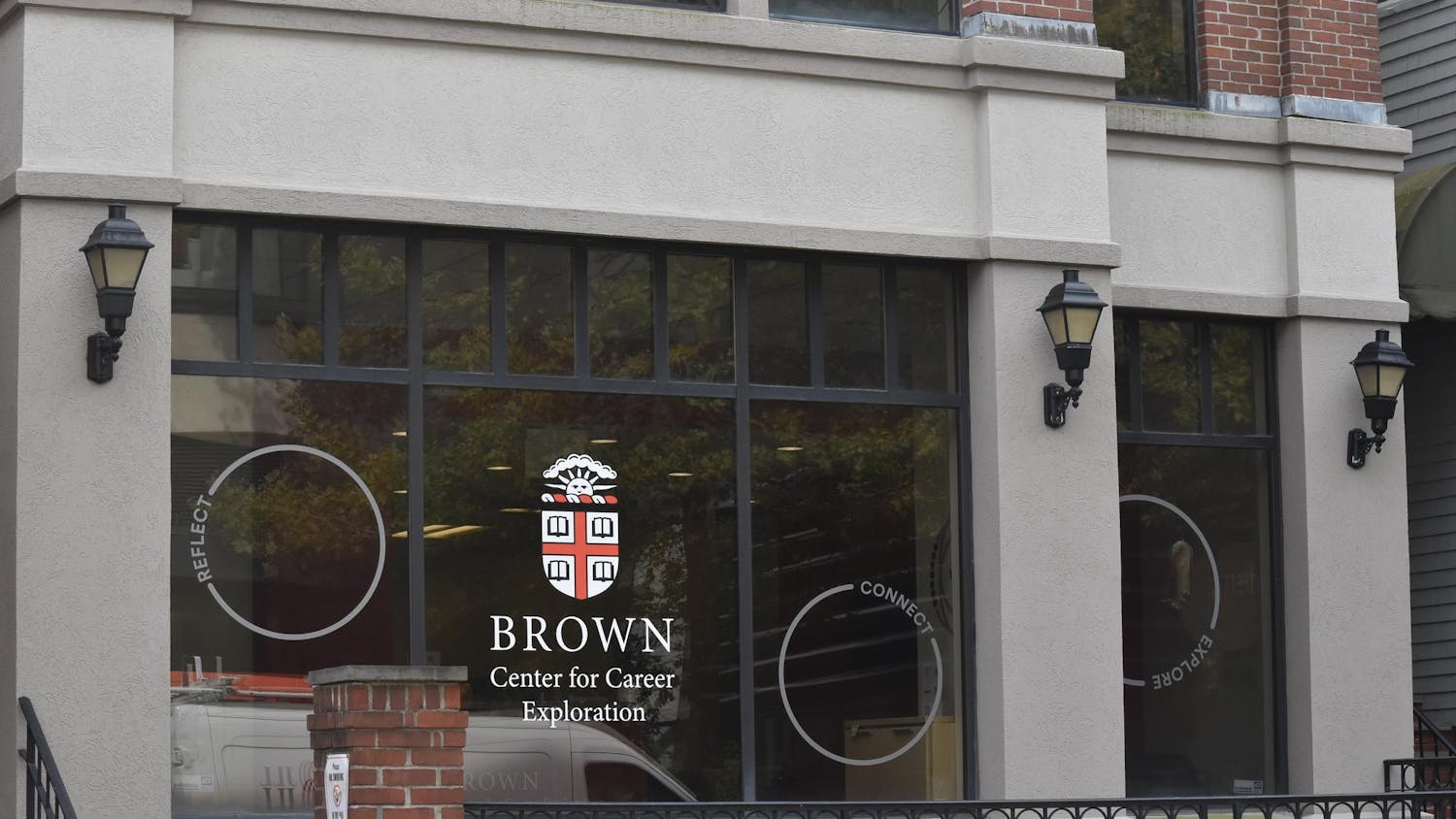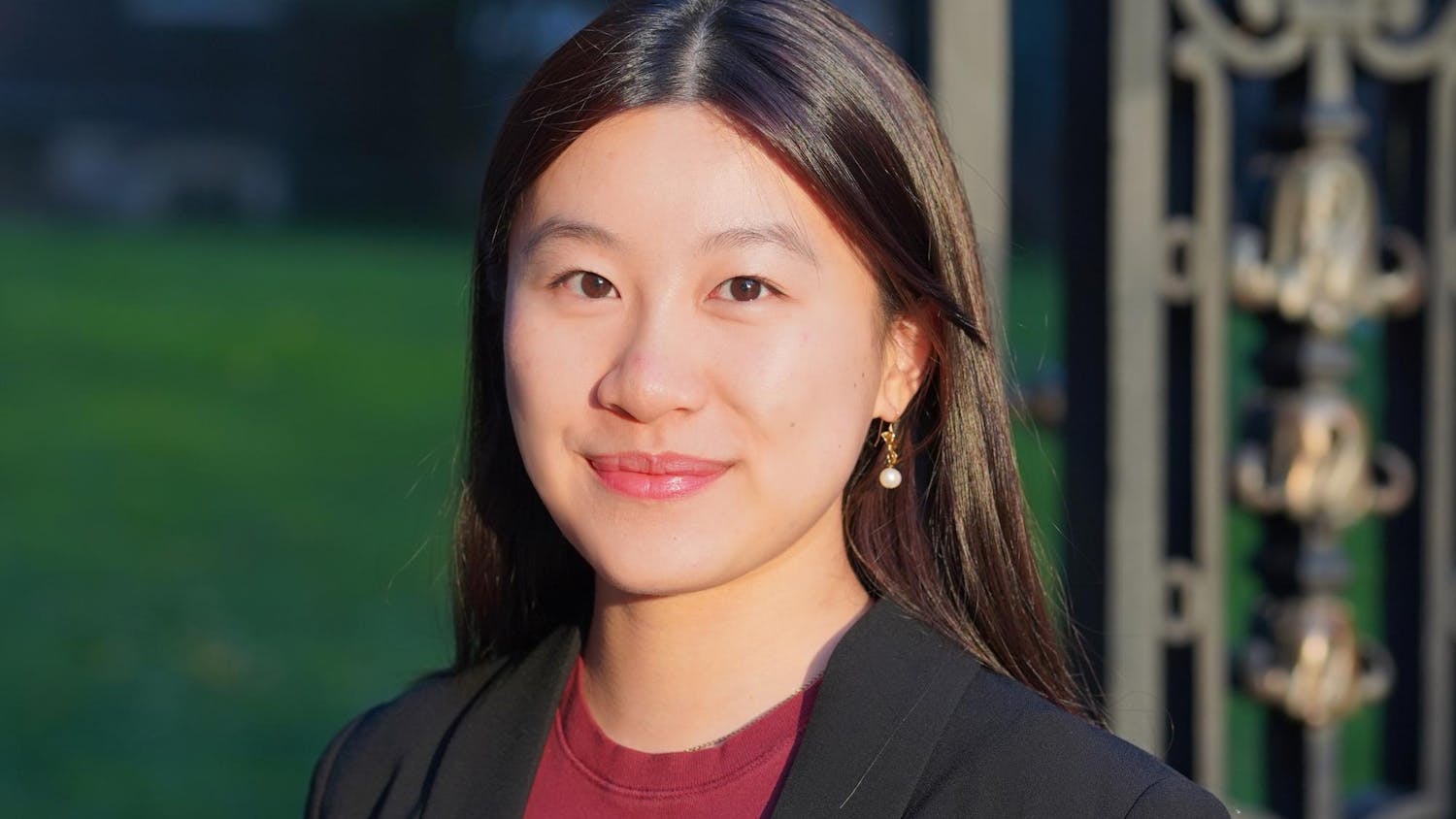This article is the third in a series exploring tenure at Brown and in higher education.
At Brown, 32% of tenured full-time instructional faculty are women, according to data from the National Center for Education Statistics data. At the same time, women represent the majority of faculty who are either non-tenured or tenure-track full-time instructors at the University.
Tenure is an indefinite academic appointment meant to safeguard freedom of expression and protect scholars from political retribution. Faculty previously told The Herald that gaining tenure helped transform their teaching and scholarship and allowed them to perform additional University services and start their families.
The number of women full-time tenured faculty has increased by 40% since 2012, while the number of men grew by 13%. At Brown, out of women full-time instructional faculty, 48% have tenure. In comparison, 69% of male full-time faculty are tenured.
Though women are less represented among full-time instructional faculty, they represent 61% of non-tenure and non-tenure-track faculty. This means a greater proportion of women faculty work on multi-year, annual or less-than-annual contracts, so women are more likely to go up for reappointment reviews.
In September 2021, President Christina Paxson P’19 P’MD’20 and then-Provost Richard Locke charged a Task Force on the Status of Women Faculty to examine the hiring, promotion and retention of women faculty. The Task Force’s findings and recommendations were published in April 2023.
The report highlighted the underrepresentation of tenure and tenure-track women faculty compared to national PhD graduates, as well as even lower representation of women from historically underrepresented groups.
Diane Lipscombe, the chair of the Task Force and director of the Carney Institute for Brain Science, said in an interview with The Herald that this disparity does not come from tenure rates, but from hiring.
The Task Force found that fewer women were hired than men, though they “did not find evidence for systematic biases against hiring women into faculty positions,” according to the report. The report suggested that Brown hire and promote more women faculty, improve work-life balance and ensure service is more equally spread across faculty.
Faculty service, one of the considerations for tenure and a responsibility of tenured faculty, disproportionately fell on women, reflecting national trends, the Task Force found. Specifically, though there were “no systemic differences” in committee assignments or undergraduate advising, “as a group, women faculty do more service on University committees than men.”
This is because “a higher percentage of women serve on University committees compared to their representation in the general senior faculty population,” the report reads.
“Women faculty tend to be asked more to do service work, again, because their senior faculty might view them as more approachable, helpful or more likely to say yes,” said Emily Rauscher, a professor of sociology.
“On average, women and people who present as women tend to have higher advising loads because students tend to feel more comfortable approaching them for help,” she added.
In October 2023, another task force was created to implement the recommendations, which included improving retention and recruitment of women faculty in addition to eliminating the gender pay gap within five years.
Women faculty nationally
Across the country, women represent “only 44% of tenure-track faculty and 36% of full professors” yet comprise the majority of non-tenure-track faculty, according to the American Association of University Women.
A 2023 study from the University of Colorado at Boulder found that women left academia at higher rates than men. The study — which analyzed a national dataset of over 200,000 tenured or tenure-track faculty and surveyed around 10,000 faculty — also found that women were more likely to feel pushed from their jobs than pulled to better opportunities. Women faculty were more likely to leave or consider leaving because of workplace climate, rather than due to work-life balance concerns.
Katie Spoon, the study’s lead author and a graduate student at the University of Colorado Boulder, said she found this result surprising. “The gender reasons in the literature skew towards work-life balance, which we found was more relevant for early career, but as we see the gender gap grow for later career faculty, we also see workplace climate become more gendered,” she told The Herald.
The study defined workplace climate as “the way an academic feels around their colleagues, including dysfunctional departmental culture or leadership, harassment or feeling like they do not belong or fit in their department.”
While women faculty were more likely to leave academia nationally, Aaron Clauset, a CU Boulder professor and the principal investigator of the study, noted that rates do not tell the full story.
“We don't really care about the rates being exactly the same,” he said. “We really care about the reasons being exactly the same … if the reason women are leaving at higher rates than men is because it's a toxic environment to stay in academia and they feel pushed out, then that's the issue,” Clauset added.
Editor’s Note: The data publicly available through the National Center for Education Statistics uses a gender binary of male and female. The Herald understands the limitations of this binary in representing the experiences of gender-diverse faculty.

Ryan Doherty is the managing editor of digital content and vice president of The Herald's 135th editorial board. He is a junior from Carmel, NY who is concentrating in chemistry and economics. He previously served as a university news and science & research editor, covering faculty and higher education.





